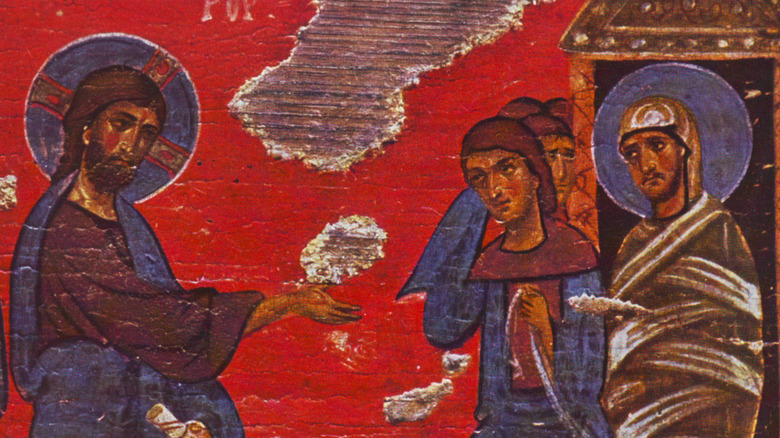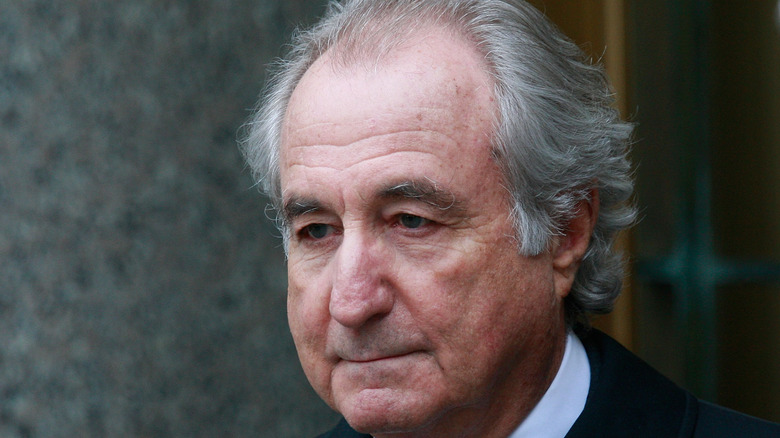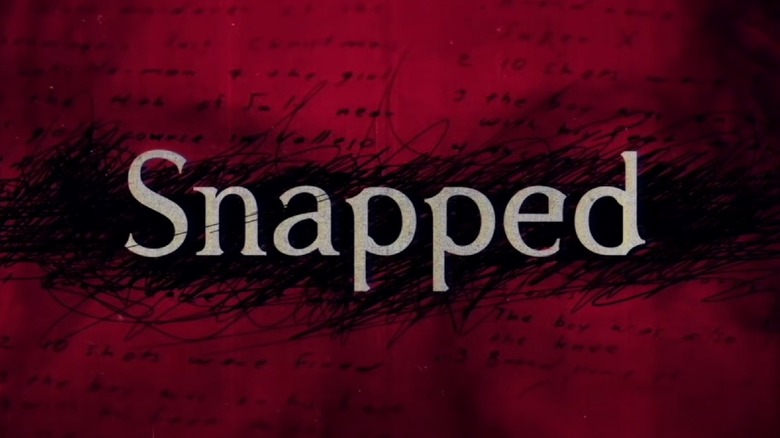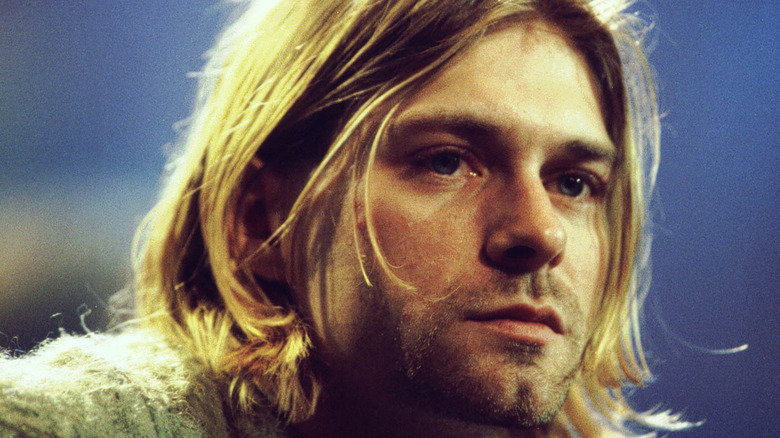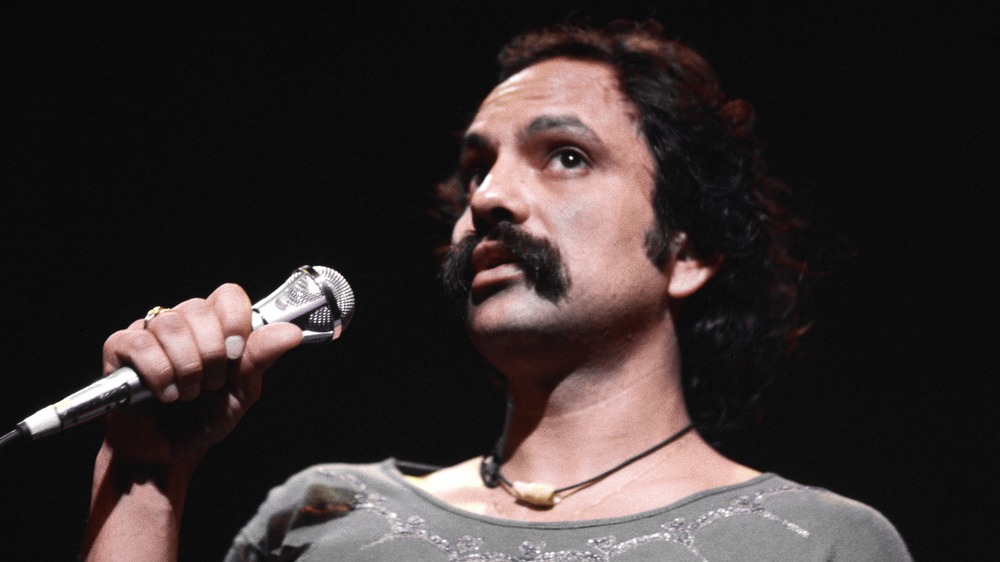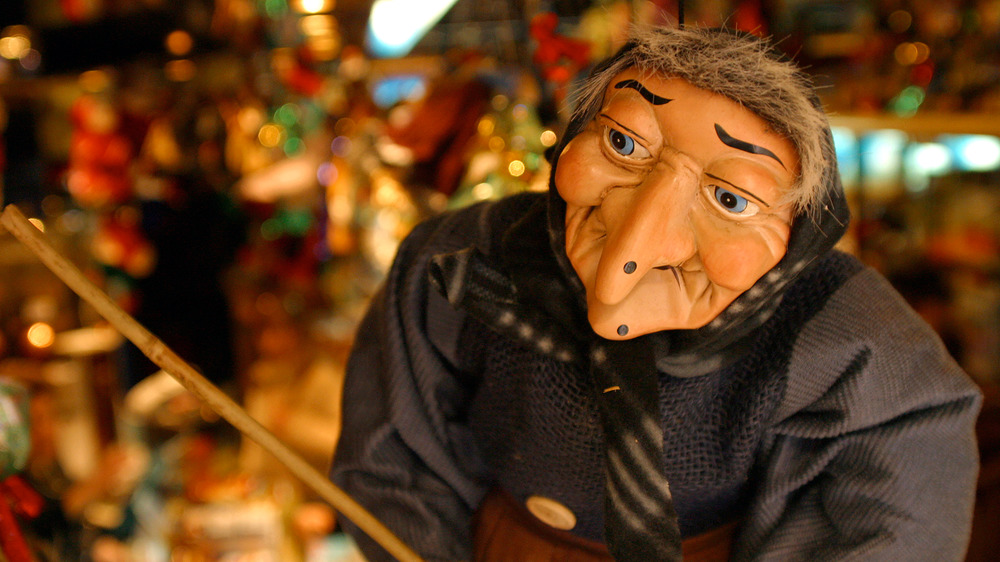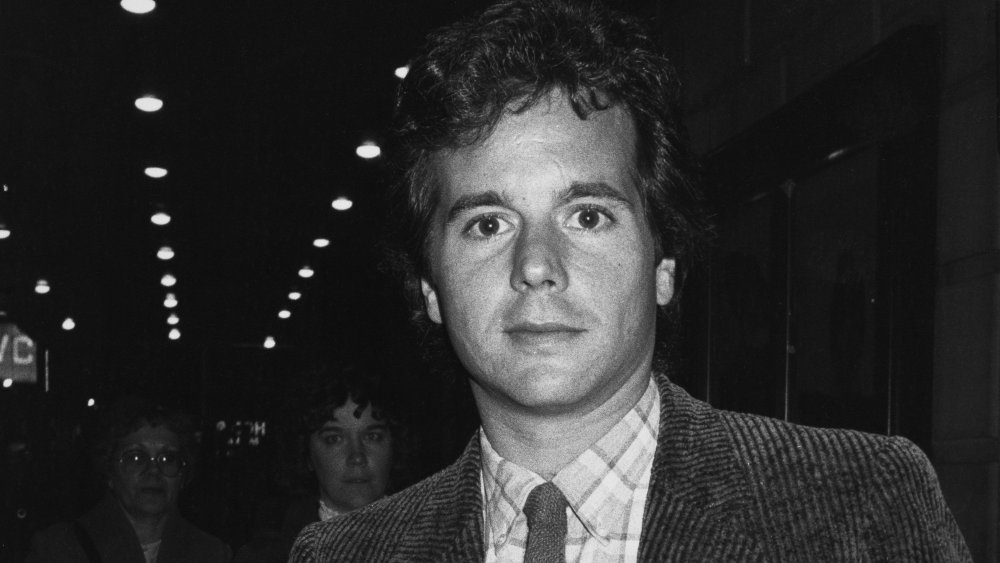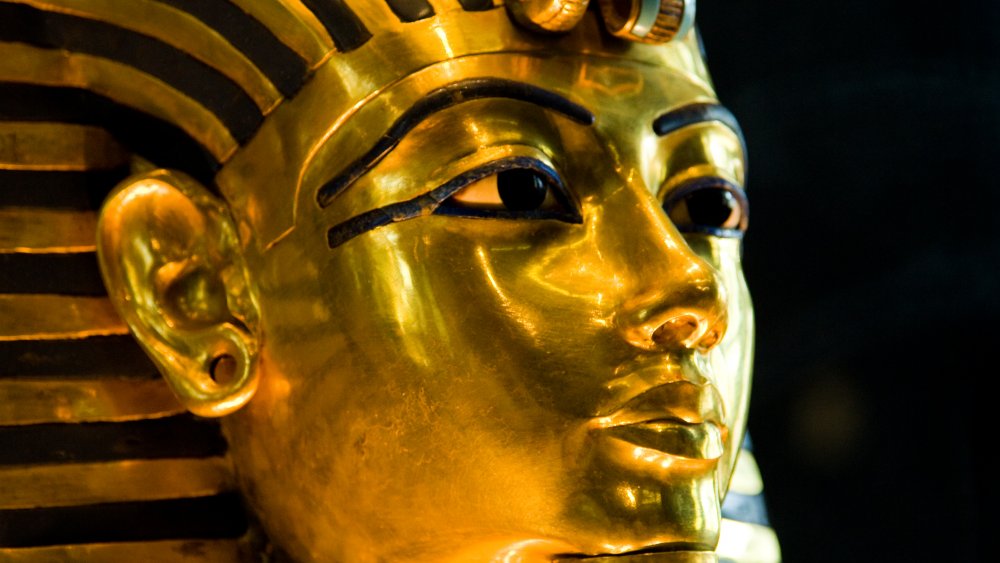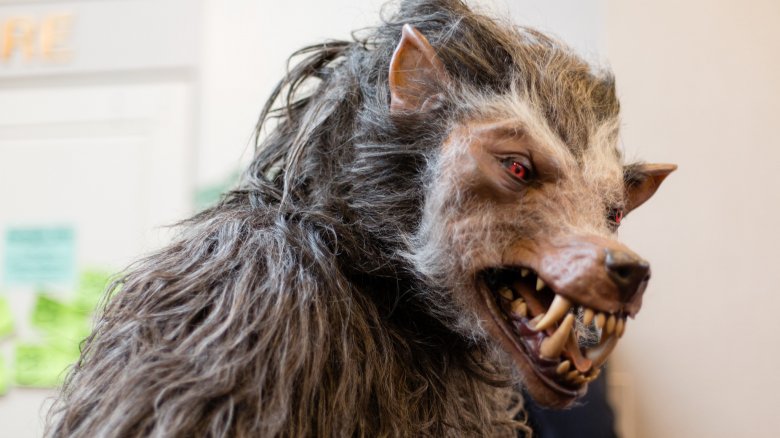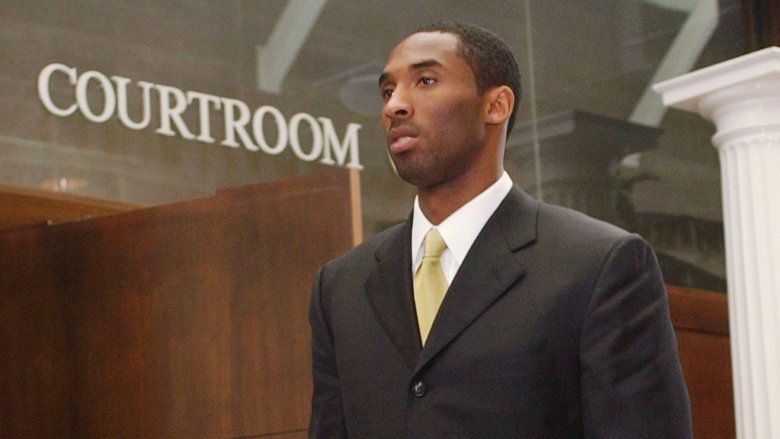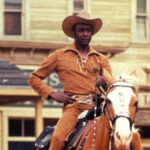
Blazing Saddles: The Most Popular Western Parody Film of All Time
Blazing Saddles wowed the world on fire when it first hit theaters in 1974, and it has since become a multi-generational classic. It took the audience by storm, shining a satirical light on social issues like no other film before it. There were countless firsts that resulted from the film, and several of those who were brave enough to partake in its making wound up being nominated for (and some even winning) awards for their efforts.

But putting the finished product together was no easy feat. From casting to getting the studio’s approval, writer/director Mel Brooks and the his team had a tough time bringing the story to life. In fact, there was one point at which the film was nearly cancelled entirely. Keep reading to discover some of the behind-the-scenes anecdotes that went into the creation of the beloved comedy.
Riding Up in Style
The Burbank, California premiere of Blazing Saddles was a far cry from your typical red-carpet royalty type of environment. At most Hollywood events, guests would arrive via luxury cars, rolled right up to the edge of the carpet (and sometimes even on to it.)

But Mel Brooks wasn’t having it. He had another idea of how he wanted everything to go down – and it involved guests arriving on horseback – all 250 of them, including the film’s stars, Gene Wilder and Cleavon Little. The event took place at the Pickwick Drive-in Theater, so not only did they pull up on the horses, they watched the entire film from atop of them, too.
Rejected by John Wayne
John Wayne was a legend on-screen, especially when it came to Western films. His breakthrough role came about in 1939, when he was cast as the lead in John Ford’s 1939 hit film, Stagecoach. So naturally, Brooks’ first choice when it came to the lead in his own film was the major star. But Wayne wasn’t exactly thrilled about the prospect of appearing in a spoof film, so he turned down the role.

It wasn’t all bad news for the director, however, because Wayne did admit that he was excited to see it – just not star in it. So, Brooks had to return to the drawing board and move on to his next choice. Casting the stars would prove to be much more difficult than he’d hoped, however.
A Budding Friendship
After Wilder landed his breakthrough role on Brooks’ film, The Producers, it was only a matter of time until the two were both good friends and business partners. After Wilder passed on in 2016, Brooks paid tribute to his longtime friend and partner on The Tonight Show, saying that he missed being able to call him, and that he’d felt blessed to have him in his life all those years.

The friendship between the two started to build during the three years it took Brooks to acquire the funding to film The Producers, which was originally set to be called Springtime for Hitler. After the success of their first project, they went on to work on several films together, including Young Frankenstein, which came out the same year as their Western parody.
The Horse Goes Down
One of the most infamous scenes (not that there aren’t plenty to choose from) of the film was the scene when Mongo knocks the horse clean out. Of course, Mongo didn’t mean to hit the horse – just the guy who was riding it. Unfortunately, his aim was a bit off and he wound up hitting them both. But fans were not happy that the film would go to such great lengths for a shot as to hurt an innocent animal.

In 1974, the inner workings of how these things were made weren’t as well-known as they are these days. So, animal activists started calling in about the mistreatment of the horse. Little did they know they were in fact watching a stunt scene, with a highly trained stunt horse.
The Stunt Show
Horses are highly intelligent animals, so it’s no wonder they started being used in films in the early 1900’s. Then, when Westerns became popular in the 60’s and 70’s, stunt horses became even more common. The type of horse used in this scene in particular was trained to take a fall when it saw a certain command, and thus, no animals were actually hit in the film.

Unfortunately, animal rights haven’t always been enforced in filmmaking and many animals have been abused and neglected in the industry – but the stunt horse in Blazing Saddles is not one of them. Thankfully, laws have been tightened up to protect animals within the American entertainment industry.
Fighting Attempted Censorship
The pre-production stages of Blazing Saddles saw some troubled waters, since Warner Brothers had some major issues in backing a movie that they felt uncomfortable with. Some executives even laughed at it during the initial screening process.

They tried to get Brooks to change his language within the script, but he stood his ground, since the entire purpose of the film was to shake things up and make people face things like extreme racism to remind them it exists. After the film’s release, Brooks said he got plenty of angry letters, but he had no regrets about following his gut.
Singing the Blues
Gene Wilder as the Waco Kid is an iconic role that’s now forever etched into our existence. But it almost would have had an entirely different feel, had the director gotten his wish for the leading man. Of course, John Wayne had no interest in completing Brooks’ vision, saying the whole thing was “too blue,” for his image. “Blue,” being another term for adult type of films.

But, if Wayne had taken Brooks up on his offer, who knows if the movie would have turned into the mega-hit classic it’s become. And Wayne wasn’t the only other actor who was offered the role before Wilder picked it up. Other actors who were up for the part first included Dan Dailey and Johnny Carson, as well.
Bottoms Up and Bottomed Out
Wilder wasn’t exactly Mel Brooks’ first choice to play the Waco Kid, but fate had other plans. Actor Gig Young was initially cast into the role, and everyone was set to start filming – or so they thought.

As it turned out, Young had a bit of a drinking problem. One that caused him to show up drunk on the first day of filming. And, he wasn’t just a little bit drunk in the sense he could drink some water and continue working. He ended up falling over and passing out on set, which was bad for him but good news for Gene Wilder.
Passing Gas
Blazing Saddles opened a lot of doors in Hollywood that had never before been opened. It was the first major movie to really push the barriers when it came to social issues, and it was also the first to show people farting on screen – and play the sound effects to match it.

Today, it’s almost uncommon to see a parody movie without at least a little bit of flatulence in it, but it was unheard of in the 70’s (literally,) until Brooks decided to change that! Alex Karras, who played Mongo on the film, made sure to note afterwards that he wasn’t method acting when it came to that scene. All of the noises were just silly sound effects, and they paved the way for many more fart scenes to come.
Rock Ridge
The entirety of the film is based in a fictional town known as Rock Ridge. The people of the town are trying to be forced out by an attorney general who wants to build a railroad straight through the middle of their area. So, what are the townspeople to do but demand a new sheriff be appointed to save them from their woes?

But the attorney general gets to the governor (who’s in charge of appointing the new sheriff) and convinces him to make Bart, a black railroad worker, the new town sheriff, which he thinks will create chaos and wind up driving everyone away as he’d originally hoped. And, chaos definitely does ensue, but it doesn’t all work out in the way that the sneaky attorney general wanted. It takes Sheriff Bart a while to adjust to his new duties, however, and he’s not exactly a favorite in a town full of racist white people.
Happy Birthday
In 2014, Blazing Saddles celebrated its 40th birthday. Now, it’s nearly five decades old, and it’s still played frequently both on television and streamed on services like YouTube and Amazon Prime. It may be beloved as the ultimate Western spoof classic today, but when it first came into existence, there were mixed feelings about it – especially before it actually hit theaters.

Once the movie was made, there were all kinds of positive reviews, since it had all come together, but the executives who first saw the film in screening weren’t so thrilled. Had it been based on their original decision, we never would have seen the film, period. Luckily for the world, Brooks didn’t let their negative feedback affect his vision, and he carried on with production as planned.
The Governor
Le Petomane was a famous French flatulist, which is exactly what it sounds like. A flatulist is someone who farts professionally. Mel Brooks must have thought this was hysterical, because he named Rock Ridge’s governor William J. Le Petomane. The original (flatulist) was famous for being able to control the muscles in his stomach to a point that allowed him to fart on command.

In the film, the character is played by none other than the director himself. It is he who is responsible for appointing the town’s new sheriff, and he falls into the trap of the conniving attorney general who sways him to appoint “Black Bart.”
Cutting Room
Blazing Saddles is known for its over-the-top and in-your-face comedy that’s not for the faint of heart. But there was one joke within the script that even Brooks admitted went a little far. In fact, he said, “when I saw it, I got scared,” when he was reminded about the particular joke.

The line was originally set to be delivered during a scene that took place between Bart and Lili Von Schtupp (Madeline Kahn.) While in Ms. Von Schtupp’s dressing room, she blew out the candles, making the room pitch black, and said, “is it true what they say about you people?” Bart’s response to the line? “I hate to disillusion you ma’am, but you’re sucking on my arm.”
Award Winning
Mel Brooks won a number of awards for his work on the film and was nominated for several others, including the Academy Award for Best Original Song for the title song of the film. He shared the award with John Morris who composed the music for the piece.

The song was performed by Frankie Lane, who sang the theme song for a lot of Western films, including Gunfight at the O.K. Corral. The singer didn’t realize at the time he recorded the song that the movie was actually a comedy. He called the tune a “better tribute to the West than any of the rest.” Brooks said it was tough to break the news to him after that – so he decided not to!
All on The Line
Brooks knew he needed to pull this thing off. His wife had just had a baby, which was their second child, and everything rested on the fate of the film. But after Warner Brothers executives first saw the film, they almost didn’t release it at all.

In the screening meeting, they actually discussed “scrapping it” and taking the $2.6 million loss. Why? As one of them put it, it was “too vulgar for the American people.” But studio president John Calley was on Brooks’ side, insisting they release the film in New York, Los Angeles and Chicago to test reactions. And, once they had a blockbuster hit on their hands, they were glad they did.
Say Hello to Satire
Starting in the late 1970’s, Richard Pryor and Gene Wilder teamed up as era’s ultimate comedy team. The world would have gotten to see them on screen together a little earlier if the studio had agreed to let him play the part of Sheriff Bart like he and Brooks had wanted.

As it turns out, the studio refused to insure Pryor with the necessary insurance for him to play the part due to what was known about his prior drug use. Brooks almost refused to do the film entirely at that point, but Pryor helped him to find a sheriff they were happy with: Cleavon Little. Little had been starring in ABC’s Temperatures Rising from 1972 up until he accepted the role in the Western parody.
Making Dreams Come True
Alex Karras is well known for both being a professional football player and acting. Before he ever started playing ball, he wanted to become an actor. But growing up in Gary, Indiana, Karras had a much better shot at getting ahead by way of sports. By the time he was in high school, he’d earned himself several all-state selections.

In his professional career, he became a fast favorite during his time with the Detroit Lions. Finally, once he’d made waves as a sports star, he got his foot in the door of the entertainment industry. Before he knew it, he’d successfully combined the two things he loved most.
Brooks’ Grandson
The film’s director has probably seen it more than its biggest fans: over 2,000 times, to be exact, but his young grandson can quote lines with him all day. That’s because the teenager (son of horror writer Max Brooks) is quite the fan himself.

“He knows enough lines to embarrass his father and grandfather,” Brooks told USA Today. Perhaps it’s a sign he’s on his way to following in their screenwriting footsteps?
Back in the Saddle
The 93-year old king of comedy Mel Brooks gave the fans what they wanted when he decided to kick things off with a hilarious world tour to highlight his masterpiece. The ongoing event is called Back in the Saddle Again and was launched just a few years back.

Audiences are treated to a showing of the classic spoof film on a large screen, which is then followed by an interactive Q&A session with the master of parody himself.
Why, I Never!
Madeline Kahn earned herself an Academy Award nomination for her role as sultry singer Lili Von Schtupp. But in order to complete her iconic part in the film, she first had to make it through auditions with Brooks, and apparently, things got pretty shaky for a minute.

That’s because at one point the director asked if he could take a peek at the actress’s legs – to which she responded, “oh, it’s that kind of audition, is it?” But he quickly explained how she’d be expected to show them off on stage in the film and that he was happily married and she laughed it off and landed the role – but only after she made it clear that there would be absolutely “no touching.”
Memorable Lines
There are plenty of scenes that stick out when you think about each main character in the hilarious spoof. For instance, when you imagine Lili Von Schtupp, you likely remember her singing her iconic song, “I’m Tired.” In this particular scene, the songstress graces the stage in a room full of hungry, howling men who hang on her every word.

She sings, “here I stand, the Goddess of Desire, set men on fire, I have this power.” Near the end of the performance, a drunk, handsy fan jumps on stage to try and grab a feel, but Lili responds with a quick knee to the balls without missing a beat and he falls back into the audience.
Raving Reviews
Warner Brothers Studios may have had their reservations about releasing the film, but once it made nearly $120 million at the box office, they could relax. In fact, it was one of ten films at that time that had broken the $100 million barrier.

Roger Ebert gave it four stars and called it a “crazed grab bag of a movie that does everything to keep us laughing but hit us over the head with a rubber chicken.” Perhaps the biggest negative aspect in the review is the fact he says it has a shaky storyline. He continues, however, by adding, “who needs it when Alex Karris is knocking a horse cold with a right cross to the jaw?”
Significant Dialogue
The storyline may have been shaky, but the comedy and the on-screen dialogue was pure gold. The Writers Guild of America seemed to agree, too, when they presented all of the film’s writers, including Mel Brooks, Richard Pryor, Alan Uger, Norman Steinberg, and Andrew Bergman, with the award for Best Comedy Written Directly for the Screen. And the film continued to gain recognition as the years progressed.

In 2006, the Library of Congress listed it in the National Film Registry, deemed as “culturally, historically, or aesthetically significant.” Brooks just happens to think it’s hilarious. According to one interview, in fact, he thinks it’s the funniest film ever made.
What’s in a Name?
When Brooks came on board as director, he worked to find a name that did justice to the film. There were actually several titles that got turned down before it became known as Blazing Saddles.

Originally, it was even going to be called Tex X: A Homage to Malcolm X. Some other possibilities included the protagonist’s name (Black Bart,) and The Purple Sage. Luckily, the perfect name came to Brooks one day while he thought about it in the shower.
All the Classics
Roger Ebert was right about the film pulling out all of the stops to make the audience laugh. There may not have been any rubber chickens, but there was one of the best pie fight scenes in movie history.

The ending scene winds up colliding into a neighboring WB set, where a musical is being filmed, and everyone in the area gets caught up in the flying whipped cream mess. It may not be the biggest pie-fight scene, but it’s certainly one of the most iconic!
Family Matters
Max Brooks, son of comedy legend Mel, was born while his father was working on writing Blazing Saddles. His mother was actress Anne Bancroft, who won several Golden Globes and Academy Awards for her work on screen.

Today, Max is known for writing the World War Z novel that inspired the 2013 Brad Pitt film. He also co-wrote the 2016 film, The Great Wall, starring Matt Damon.
Working Together
The Western comedy wasn’t the only film that Mel Brooks and Gene Wilder worked together on in 1974. Young Frankenstein was released the same year, and likely because Wilder pitched Brooks on it on the set of Blazing Saddles.

While the vampire comedy didn’t exactly break $115 million at the box office, it was still a hit with audiences. It wound up clearing over $86 million, which was quite a feat at the time.
The Making of a Legend
In 2000, Blazing Saddles was ranked as number six on the American Film Institute’s list of the Top 100 Funniest Movies of All Time. In 1975, it was nominated for Best Screenplay at the British Film Awards.

Several individuals involved in the making of the film were also nominated for their own awards, including Madeline Kahn for the Best Supporting Actress Oscar. And, aside from those involved with the Best Original Song, the film’s editors, John Howard and Danford Greene, were also nominated.
Smooth Recovery
Madeline Kahn’s career in 1974 was somewhat of a rollercoaster. She was cast as Agnes Gooch in the musical Mame starring Lucille Ball, but wouldn’t end up actually playing the part. That’s because the star of the film let her go due to “artistic differences.”

But Kahn wasn’t shedding any tears. Instead, she took the part of Lili Von Schtupp, which would prove to be one of the best moves she made during her time as an actress. Premiere magazine called her performance one of the 100 greatest of all time.
The Takeover
Gene Wilder was the replacement for Gig Young was originally slotted to play the Waco Kid. After he succumbed to alcohol withdraw on set and couldn’t go on, Wilder was brought in to fill his shoes. Ironically, Young wasn’t even Brooks’ first choice, but casting wasn’t very easy for him.

After his top choices turned him down, he cast Young, which proved not to be the best decision. Luckily, Wilder already knew most of his (the Waco Kid’s) lines and was able to be brought in to pick up filming almost immediately. But Brooks wasn’t so sure Wilder would be able to pull it off, as he imagined an older, burlier actor playing the part.
The Spinoff
In 1975, the pilot show for a spinoff series of the film that was put together. Unfortunately, it never gained any traction.

Likely a major reason behind it was that a TV show wouldn’t be able to get away with all of the elements that made the movie such a classic. As one entertainment writer put it, “what’s the point?”
Slim Pickens’ Character Prep
When it comes to preparing for a role, actor Slim Pickens does whatever it takes to get him into character – even if that includes sleeping outside while clutching a rifle.

Yep, to really get a feel for his role as Taggart, he slept next to a campfire (and his RV) cradling his Winchester while on location shooting in the desert.
Thanks for The Support
The WB studio executives had mixed feelings about the film before it actually came out for the public to see. And, while the head of distribution wanted to entirely throw it out the window (after they’d already spent several million dollars producing it,) not everyone on the inside hated it.

John Calley was apparently one of the movie’s biggest supporters. At one point, Brooks came to him and asked if he was sure they should go through with some of the wildest scenes, including the campfire flatulence scene and the horse punch. But he assured the writer/director that the jokes were exactly where they belonged, saying, “Mel, if you’re gonna go up to the bell, ring it!” It is also Calley who convinced the other executives to reconsider their decision to dump it.
The Lawsuit
Actress Heddy Lamar was one of the most popular women in the world during the 1930’s and 40’s. During the time Blazing Saddles hit the screens, not so much, but the film would shine a light on her by naming the antagonist something eerily similar, “Hedley Lamar.”

The actress was far from impressed, either, and she even launched a lawsuit against Mel Brooks for it. The director, who’d been a fan of Lamar’s throughout his life, settled with her out of court, saying that he was “flattered” she’d even paid them the attention.
The Two Camera Rule
Many of the film’s scenes were shot by cinematographer Joseph Biroc, who used an experimental type of shooting that would become popular after the fact.

He insisted on using two cameras, rather than just one, to add some extra dimension to the scenes.
On Location
While a lot of the scenes were filmed at the WB studios in Burbank, California, the railroad scenes were filmed on location at the Vasquez Rocks State Park in Agua Dulce.

The area has been used to shoot countless other outdoor scenes for several more major films and television shows, including Gunsmoke, Star Trek, Roswell, and Wild Wild West.
Made for TV
A year after the film first wowed audiences, a movie called Black Bart came out on television. It was directed by Robert Butler, and starred Louis Gossett Jr.

Unfortunately, it wasn’t nearly as well received as its predecessor, and was quickly swept under the rug.
You’ve Got Jokes
Even though some of the jokes throughout the film caused a major stir (like the horse punching scene that ticked off animal rights activists everywhere,) that doesn’t mean they weren’t hysterical.

So, who actually wrote most of the jokes in the movie? According to the writers, Brooks handled the majority of the black sheriff jokes, while Pryor wrote the ones delivered by Mongo.
The Film’s Basis
If you look at a list of the writers who were credited for the film, you’ll not only see Brooks and Pryor, but also a few other names, including Andrew Bergman.

As it turns out, the movie was based on a story written entirely by Bergman himself, one that he’d originally planned on producing solo. Before it wound up in the hands of the WB, it was set to be called Tex-X.
His Wife Hated the Name
When the new title idea came to Brooks in the shower one morning, he knew he’d struck comedy gold. But when he went to his wife with the name, she thought it was ridiculous.

The director held on to it, though. He thought that with the word “saddles” in the title, it portrayed the Western aspect, and “blazing” told everyone it was crazy.

America’s Wealthiest: A State-by-State Look at the Nation’s Richest People

The Best Retro Motorcycles on the Market in 2020

World’s Largest 3D Printer Will Build A Home In Less than $100

Having House Plants Will Change Your Life – Here’s How

How to Set Yourself Up For Deeper Sleep and Happier Dreams
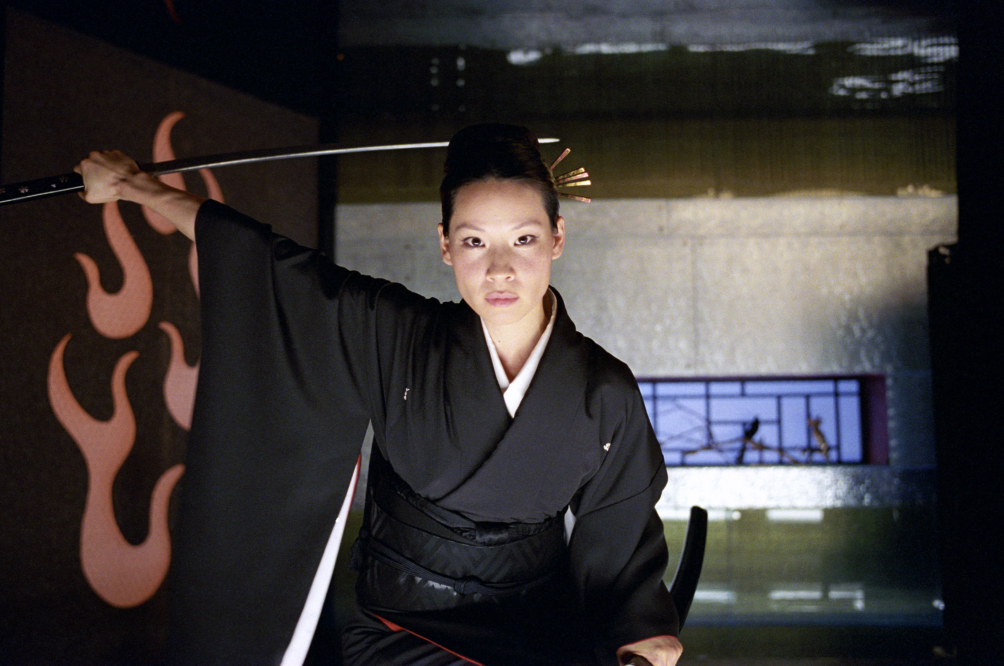
The Villainess: The Most Intriguing Evil Women in Film History
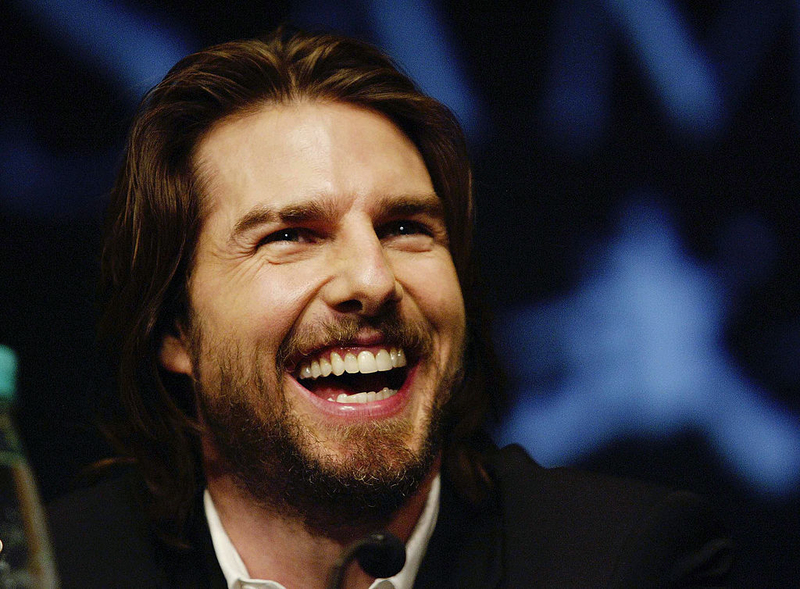
Fascinating Facts About Tom Cruise

Take a Trip to the World’s Most Beautiful Cities

The Hookups and Breakups that Blindsided Us
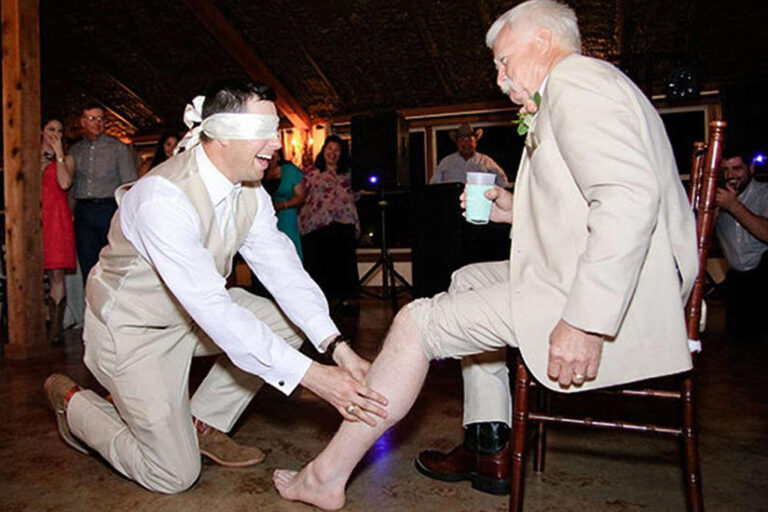
The Funniest Wedding Day Photo Fails Ever




